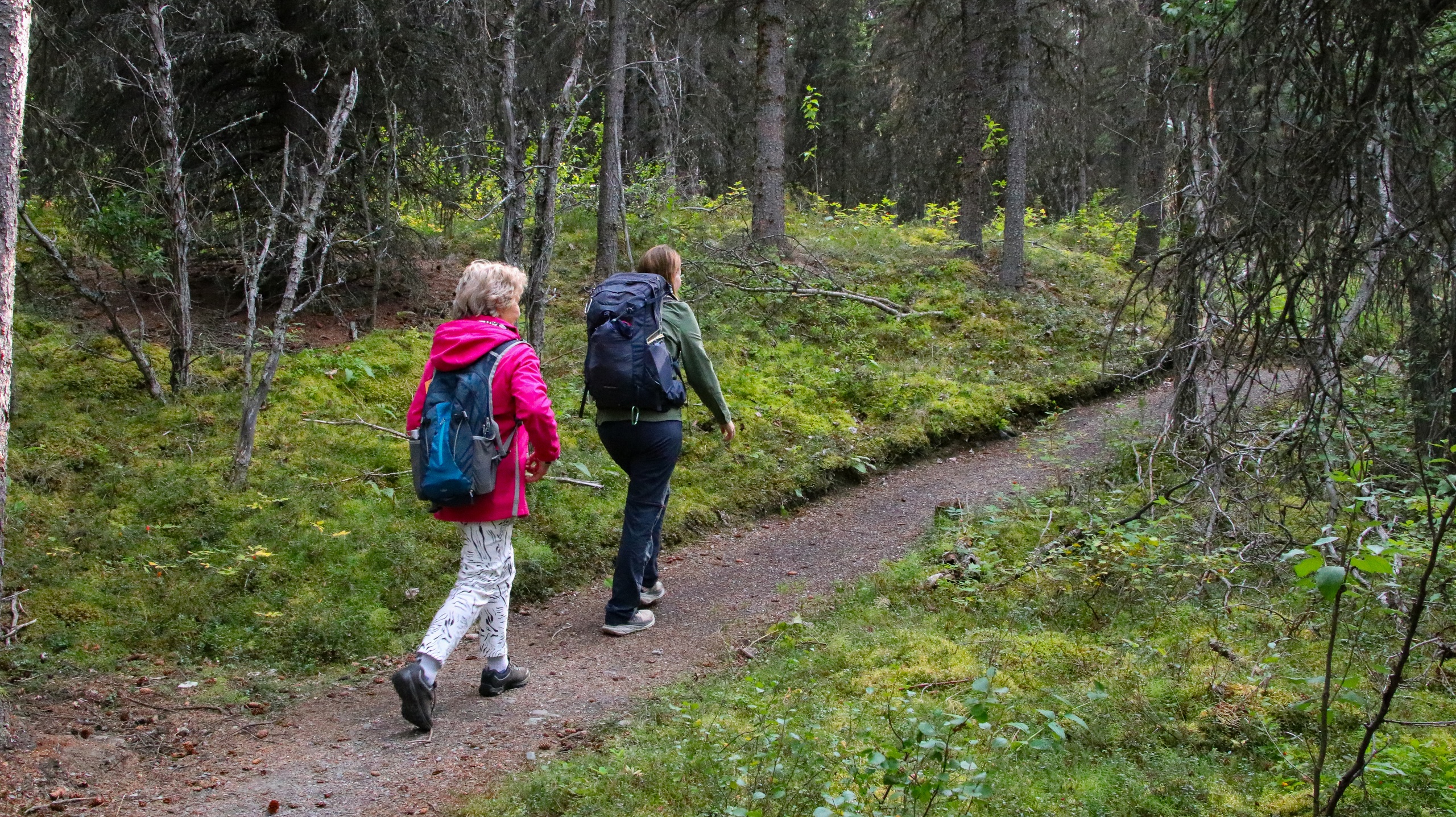Yosemite National Park: Granite, Waterfalls, and the Art of Moving Through Big Country
A practical, boots-on-trail guide to the valley of stone and water—equal parts awe and logistics.
Morning in Yosemite arrives as a quiet dare. The Valley walls—El Capitan to one side, Cathedral Rocks to the other—lean in like old storytellers, patient and vast. The Merced River slips along the meadows, nudging sunlit grasses to wake, while Yosemite Falls rumbles from half a mile away, insisting you look up. You do. You always do here.
Trail Wisdom
Start Before the Crowds
Hit popular trails like the Mist Trail or Yosemite Falls by sunrise for cooler temps, easier parking, and quieter viewpoints.
Grip Matters on Granite
Wet steps and polished rock can be slick—wear lugged, grippy soles and use trekking poles on steep sections.
Pack Water, Then Add More
Carry 2–3 liters per person on moderate hikes and refill at designated spigots; treat all natural water before drinking.
Respect Bear Country
Use food storage lockers or bear canisters and never leave food in vehicles; keep 50+ yards from wildlife.
Local Knowledge
Hidden Gems
- •Taft Point fissures at golden hour for a quieter Half Dome view
- •Cook’s Meadow loop boardwalk for reflections of Yosemite Falls after rain
Wildlife
Black bear, Mule deer
Conservation Note
Stay on signed trails to protect fragile meadow ecosystems and use bear-proof storage; pack out all trash and minimize noise in wildlife corridors.
The Ahwahneechee lived in Yosemite Valley for centuries; in 1864, the Yosemite Grant protected the Valley and Mariposa Grove, laying groundwork for the National Park System.
Seasonal Guide
spring
Best for: Roaring waterfalls, Cooler hiking temps
Challenges: Icy mornings on shaded trails, High river levels and spray
Snowmelt supercharges Yosemite’s falls; start early and bring layers for variable temps and wet conditions near waterfalls.
summer
Best for: High-country access, Long daylight
Challenges: Heat on exposed slabs, Peak crowds and limited parking
Expect hot afternoons in the Valley and busy trailheads; head to Glacier Point Road or Tioga Road for cooler, airy hikes.
fall
Best for: Fewer crowds, Autumn color in meadows and high country
Challenges: Shorter days, Early season storms
Warm days, cool nights, and golden light reward planners; check road status as the first snows can close high routes.
winter
Best for: Quiet Valley hikes, Snowy vistas
Challenges: Road closures (Glacier Point/Tioga), Icy trails and chain controls
Yosemite slows down; bring traction for icy paths and confirm conditions before driving—some facilities operate on reduced schedules.
Photographer's Notes
What to Bring
Lugged Hiking ShoesEssential
Granite steps and slick spray zones make traction non-negotiable on Yosemite’s classic trails.
2–3L Hydration SystemEssential
Reliable water capacity keeps you moving during hot, exposed portions of Valley and high-country hikes.
Lightweight Layers + Rain ShellEssential
Weather shifts quickly near waterfalls and at elevation—packable insulation and a shell keep you comfortable.
Trekking Poles
Helpful for steep granite steps on the Mist Trail and long descents on the John Muir Trail.
Common Questions
Do I need a reservation to enter Yosemite?
The park sometimes requires peak-hour reservations during high-demand periods; always check the official NPS Yosemite page for current entry systems before you go.
When are the Half Dome cables up and do I need a permit?
The cables are typically installed from late May to early October, and a permit is required; apply through the NPS lottery system.
When do Glacier Point Road and Tioga Road open?
These high-elevation roads generally open late May to July and close in fall depending on snow; dates vary every year.
Is there shuttle service in the Valley?
Yes. Yosemite Valley operates a shuttle system seasonally with frequent stops at major trailheads and viewpoints; schedules can vary by season.
Where can I get drinking water?
Fill at signed spigots in campgrounds, lodges, and major trailheads; treat any natural water from rivers or streams before drinking.
Are bears dangerous in Yosemite?
Black bears are generally shy but food-conditioned bears are persistent—store all food properly, keep your distance, and never feed wildlife.
What to Pack
Grippy hiking shoes for wet granite; 2–3L of water per person to handle heat and elevation; Lightweight layers and a rain shell for variable mountain weather; Sun protection (hat, UPF shirt, sunscreen) for exposed slabs and high-country trails.
Did You Know
In 1864, President Abraham Lincoln signed the Yosemite Grant, the first time the U.S. set aside land specifically for preservation and public use—preceding the creation of the National Park Service by 52 years.
Quick Travel Tips
Arrive at trailheads by sunrise for parking and cooler temps; Check NPS road and reservation updates before driving—policies can change seasonally; Download offline maps—cell service is limited; Carry cashless payment and backup snacks—some food services operate on reduced hours.
Local Flavor
Refuel at the Ahwahnee Dining Room for a classic post-hike dinner under timbered beams or grab a fast bite at Base Camp Eatery. In nearby Mariposa, toast the day with a local pint at The Alley or a hearty meal at 1850 Restaurant & Brewery. Coffee early? Degnan’s Kitchen opens with pastries and caffeine before trail time.
Logistics Snapshot
Closest airports: Fresno Yosemite (FAT, ~2.5 hrs), Sacramento (SMF, ~4 hrs), San Francisco (SFO, ~4–5 hrs). Main Valley trailheads: Happy Isles (Mist Trail), Lower Yosemite Falls, Mirror Lake. El Portal to Yosemite Valley: ~25 minutes. Cell service: spotty to none away from lodges; download maps. Permits: Half Dome requires a permit; occasional peak-hour entry reservations may be in effect—check NPS.
Sustainability Note
Yosemite’s meadows and rivers are sensitive systems—stay on boardwalks, pack out all trash, and use refill stations to reduce plastic. Store food properly to protect bears and keep wildlife wild.
Continue Reading

Canyon Wave: Rafting Denali’s Glacial Heart on the Nenana River
The Nenana River doesn’t whisper—it urges you forward. On the Canyon Wave run, you’ll punch through crisp, glacial rapids beneath Denali’s ramparts, trading roadside views for a front-row seat to Alaska’s wild hydraulics. Cold water, big smiles, and a canyon that knows how to keep pace.
Healy, Alaska

Chasing Light in Denali: An Afternoon Hike Across Taiga and Tundra
Trade the tour bus for tundra. This guided afternoon hike threads from shadowed spruce to open ridgeline, where Denali’s valleys breathe wide and the wind calls the cadence. Come for the views, stay for the stories beneath your boots.
Denali Park, Alaska

